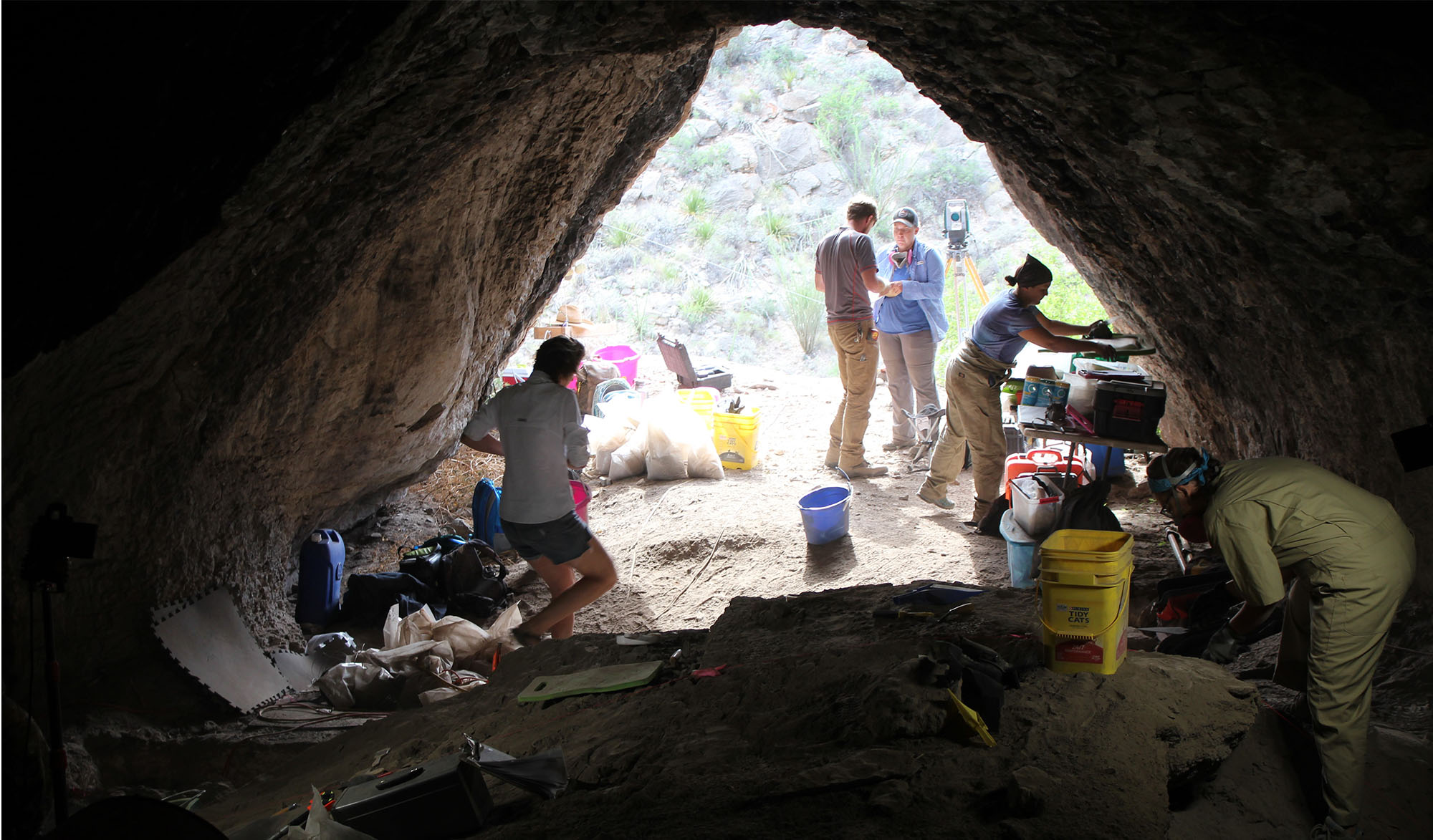Published November, 2017 in the SAA Archaeological Record, authored by Bryon Schroeder
ABSTRACT
Chinati Mountain, Novak-Benke, Spirit Eye—the multiple names for a single prehistorically occupied cave, each representing different chapters of a connected story. Chinati Mountain was the name given to the cave by nonlocal artifact collectors who exhumed a mummified male individual, went back to town, misidentified their location, and perpetuated a mummy myth that persists to this day. Ken Novak and Adrian Benke are two individuals who became associated in local history with the discovery of the burial of a Native American woman in the cave. Each man had different intentions: Novak sought the help of professionals, while Benke stole the remains and sold them on the black market. Spirit Eye is the name used among professionals aware of the obvious scars left by years of looting but unwilling to use a site name that pays homage to an antiquity trafficker. The cave near, the US–Mexico border, has a sordid history and presents challenges not encountered in nonlooted sites. Over the course of my initial research at this site, I have found few instances where researchers are explicit in the
decisions that led them to work at or abandon a site because of its looted history. This short article presents the process from my initial site visit to current fieldwork at Spirit Eye and presents many of the issues I have, and continue to grapple with, concerning working in a looted cave.


